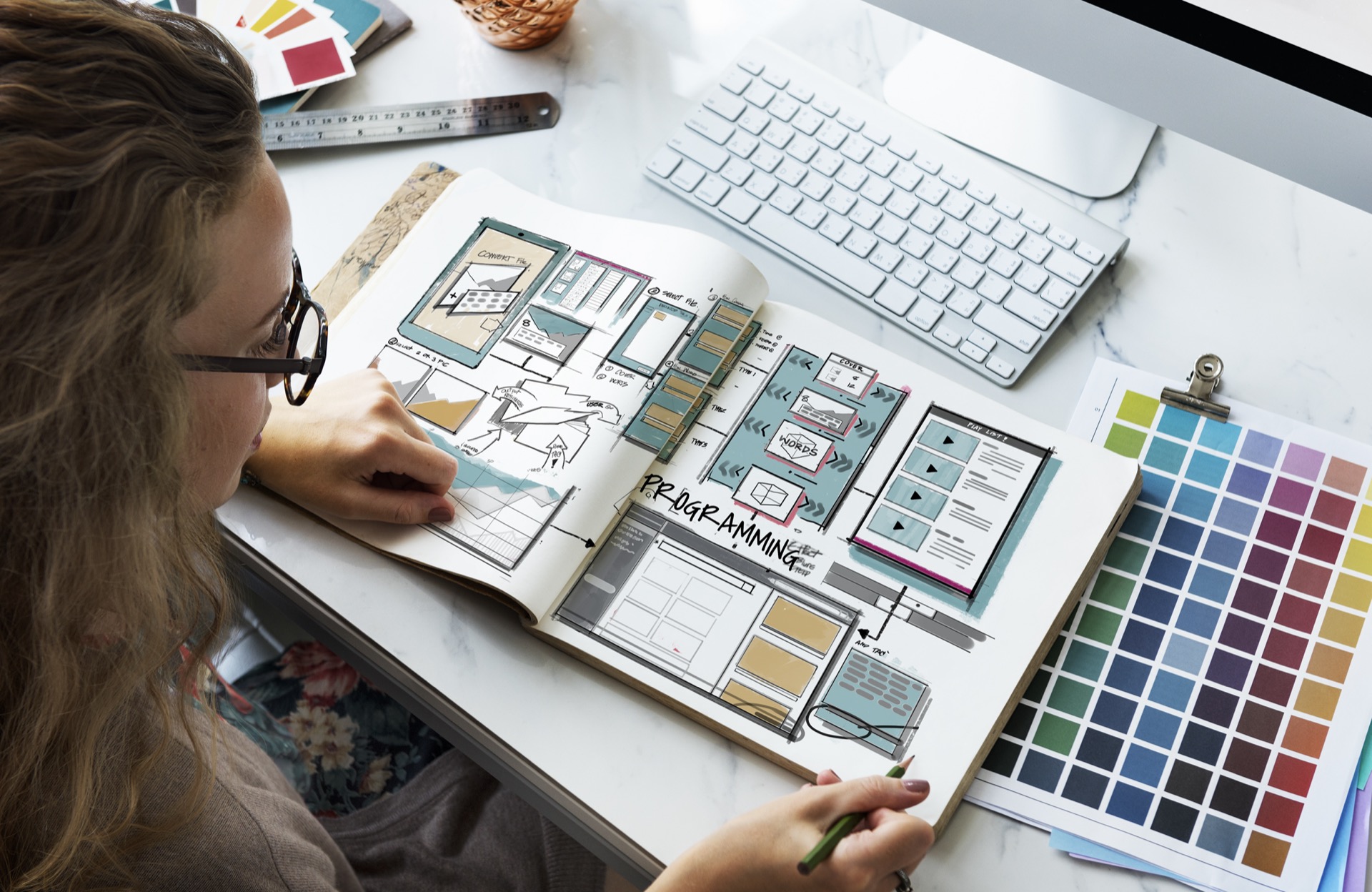For both business owners and web designers, understanding the accessibility requirements for web design is essential. Ensuring that your website is accessible means making it usable for everyone, including people with disabilities.
This comprehensive guide will walk you through what web accessibility means, the key standards in the USA, and practical steps you can take to make your website as inclusive as possible. We'll also explore tools like Accessibe that can simplify this process. Whether you're building a site from scratch or refining an existing one, this guide is your go-to resource for creating a more inclusive web experience.
Web accessibility is about designing digital content so that everyone, regardless of their abilities, can easily use it. It's about removing barriers to accessing online information and services. For instance, consider someone who cannot see a web page. With proper accessibility features, they can use screen readers to interpret the text. Similarly, captions on videos help those who are hard of hearing. Web accessibility ensures everyone gets an equal opportunity to engage with digital content.
For business owners, web accessibility can broaden your audience base by including people who might otherwise face challenges navigating your site. For web designers, it offers a chance to innovate and create designs that serve a wider range of users. Ultimately, accessible websites contribute to a more inclusive digital community.
The importance of web accessibility cannot be overstated. It benefits not just individuals with disabilities but also older people whose abilities may change with age. It's about ensuring that the internet remains a place for everyone to connect, learn, and grow.

For those unfamiliar, web accessibility can seem daunting. However, it's essentially about meeting certain standards designed to facilitate easy access to the web for everyone. Globally, there are several frameworks and standards aimed at improving web accessibility. These include the Web Content Accessibility Guidelines (WCAG) and various country-specific regulations. In this post, we'll focus on the accessibility standards most relevant to the USA.
In the USA, the Americans with Disabilities Act (ADA) plays a significant role in setting the stage for web accessibility requirements. Though originally created for physical spaces, ADA compliance has become increasingly relevant for digital platforms. Businesses are legally required to ensure their websites can be accessed by everyone, including people with disabilities.
Meeting these accessibility standards not only helps you avoid legal trouble; it also enhances your brand reputation and widens your potential customer base. By adhering to these guidelines, you are making a powerful statement about inclusivity and social responsibility.
When talking about web accessibility, you often hear about WCAG and ADA. Both are pivotal, but they serve different purposes. WCAG, or Web Content Accessibility Guidelines, is a set of internationally recognized guidelines aimed at making web content more accessible. These guidelines provide a detailed roadmap for making your website accessible to people with a wide range of disabilities.
On the other hand, the ADA, or Americans with Disabilities Act, is a civil rights law that forbids discrimination against individuals with disabilities. While WCAG is more technical, ADA compliance is more of a legal requirement. Understanding both WCAG and ADA is essential for meeting accessibility standards.
It's worth noting that WCAG provides the technical framework that can help you comply with ADA requirements. The two work hand-in-hand to ensure that your website is both legally compliant and user-friendly for everyone.
Consider the vast array of features that contribute to web accessibility:
Implementing accessibility features like these significantly enhances website inclusivity. For businesses, it means a wider reach and improved customer experience. For designers, it offers an opportunity to showcase creativity while adhering to essential accessibility guidelines.
Making your website accessible may sound complex, but tools like Accessibe simplify this process significantly. Accessibe is a tool that automates much of the work needed to check web accessibility for your website and to make your website compliant with WCAG and ADA standards. By using AI, Accessibe scans your site for accessibility issues and offers recommendations for improvements.
Accessibe can identify areas where your website falls short and suggest specific changes. This tool is particularly useful for small businesses that may not have the resources for a dedicated web accessibility team. It can even allow people to change their personal view of your website to better accommodate their needs. At Coyote Creative, we use Accessible and other tools as part of our web design process to make sure that your website is designed and built to the latest standards in ADA and WCAG compliance.
Utilizing a tool like Accessibe not only aids in compliance but also underscores your commitment to inclusivity. We think it's an invaluable resource in the quest to make the internet a more accessible place.
Web accessibility is not just a legal requirement; we think it's a moral imperative to ensure the digital world is accessible to everyone. By prioritizing accessibility in web design, business owners and designers alike can make significant strides toward inclusivity.
By taking these steps, you'll not only improve user experience and broaden your audience but also highlight your dedication to social responsibility. Whether you’re building a website from the ground up or refreshing an existing one, these insights will guide you toward creating a truly accessible online presence.
Ready to upgrade your online presence with an expert touch? At Coyote Creative, we're passionate about designing accessible websites that invite everyone in. Book a free strategy session to talk through your web design goals.
© 2025 Coyote Creative, All Rights Reserved. Made by Coyote Creative
Proudly serving clients in the Atlanta Metro area, Northwest Arkansas, and nationwide. Meet us for coffee in Atlanta, Alpharetta, Roswell, Milton, Sandy Springs, Bentonville, Fayetteville, Rogers, or Springdale — or meet us online for a virtual chat.